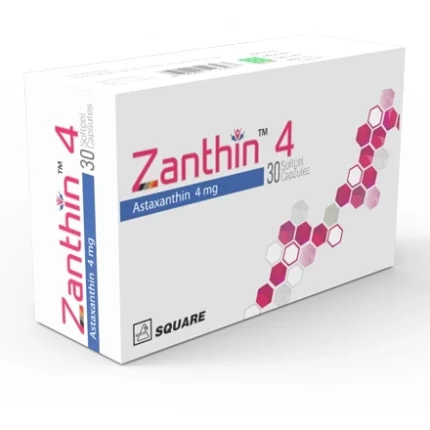Vaxitet IG
408.00৳ Injection
- Designed for temporary passive immunity to prevent and treat tetanus.
- Contains equine-derived antitoxic globulins to neutralize Clostridium tetani toxins.
- Administered prophylactically after injuries or for treating active tetanus symptoms.
- Available as a sterile, clear solution for intramuscular or intravenous use.
- Requires careful handling and adherence to proper dosage guidelines for safe administration.
 Brand
Brand
|
Incepta Pharmaceuticals Ltd |
|---|---|
 Generics
Generics
|
Tetanus Antitoxin [Equine] |
 Type
Type
|
IM Injection |
Indications
This medication is designed to offer temporary passive immunity for the prevention and treatment of tetanus.
Always follow the advice of a registered healthcare professional when using this medication.
Pharmacology
This sterile solution is a clear, slightly yellow or brown liquid containing equine tetanus antitoxin for human administration. It is enriched with antitoxic globulins that specifically neutralize the toxin produced by Clostridium tetani. The antitoxin is derived through fractionation from the serum of horses that have undergone hyperimmunization against tetanus toxin.
Dosage
Tetanus Prophylaxis: Tetanus antitoxin (equine) is not recommended for routine treatment of traumatic wounds. It is used prophylactically for individuals at risk of tetanus due to infected or severe wounds. For prophylaxis following an injury, non-immune or partially immune individuals should receive 3,000 to 5,000 units of tetanus antitoxin administered either subcutaneously or intramuscularly. If more than 24 hours have elapsed since the injury, a dose of 3,000 IU is recommended. In cases of crush wounds or contamination with soil or foreign bodies, a dose of 10,000 to 20,000 IU is advised. For patients weighing less than 30 kg, a dosage of 1,500 IU is suitable. Active immunization with an Adsorbed Tetanus vaccine should be administered simultaneously, or a booster injection should be given if the patient has previously been immunized.
Treatment: Therapy should commence as soon as symptoms appear. The therapeutic dose should be no less than 3,000 IU. Depending on the severity of the condition, the dosage may range from 50,000 to 100,000 IU of tetanus antitoxin, administered partially intravenously and the remainder intramuscularly.
Always follow the advice of a registered healthcare professional when using this medication.
Administration
Prior to administration, shake the solution gently. Do not shake vigorously. Visually inspect the solution for any particulate matter or discoloration. If either condition is present, do not administer the solution. Use the solution as supplied; no dilution is necessary. Once the vial is opened, the preparation should be used immediately.
Co-administration: Immunosuppressive treatments should be temporarily halted when immunization is necessary due to a tetanus-prone injury.
Always follow the advice of a registered healthcare professional when using this medication.
Contraindications
Administering the antitoxin to individuals with a history of allergic reactions to equine proteins, or to those with known allergies, is contraindicated.
Side Effects
Hypersensitivity reactions may occur after the injection of any serum derived from animal sources. In rare instances, hypotension, dyspnea, and urticaria may arise. These reactions should be managed with adrenaline, potentially in conjunction with antihistamines and corticosteroid therapy. Serum sickness can occur 7 to 10 days after administration, with symptoms including fever, vomiting, diarrhea, bronchospasm, and urticaria.
Pregnancy & Lactation
Tetanus antitoxin (equine) is not to be administered during pregnancy.
Precautions & Warnings
If there is no prior history of serum injections or allergic reactions, the serum may be administered intramuscularly. For patients with a history of allergic diseases, a trial dose of 0.2 ml (diluted 1:10 if desired) should be administered subcutaneously. If no adverse reactions occur within 30 minutes, the main dose can be given intramuscularly. Patients must be observed for at least 30 minutes post-injection, and adrenaline should be readily available for emergencies. In urgent situations, intravenous administration is appropriate, but should only follow a tolerated intramuscular injection given at least 30 minutes earlier. For intravenous use, the serum should be at room temperature, injected slowly, and the patient should remain reclined during and for at least one hour post-injection.
Overdose Effects
Not applicable.
Therapeutic Class
Vaccines, Anti-sera & Immunoglobulin
Storage Conditions
Keep out of the reach of children. Store between +2°C and +8°C. Ensure transportation occurs within this temperature range. Do not freeze; discard the solution if frozen. Protect from light.













Reviews
There are no reviews yet.